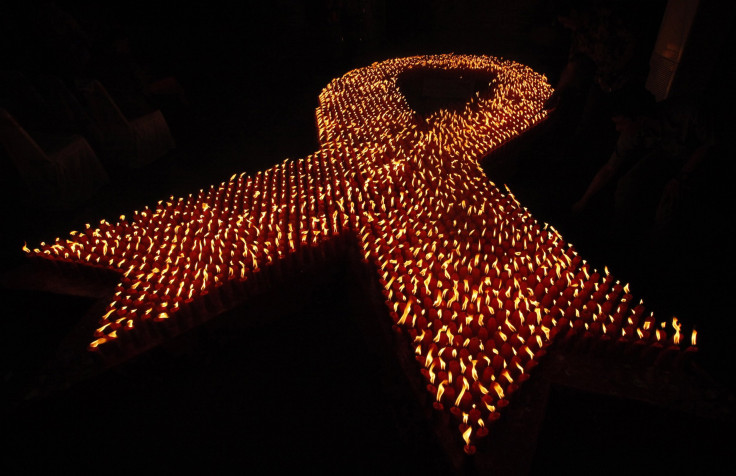CDC: HIV Rates Lower Among Black Women; Minorities and MSM Still Disproportionately Affected

For the first time, the Centers for Disease Control and Prevention reported that new HIV cases decreased among African American women. The report, which was issued on Wednesday, showed that there was a decrease by 21 percent of new infections between 2008 and 2010. Public health officials are hopeful that these findings indicate a long-term trend and believe that this drop can be attributed, at least in part, to campaigns targeted directly at black American women.
However, the report is not entirely positive. Black women still account for two-thirds of new infections of American women, the CDC report says.
Blacks, Hispanics, and gay and bisexual men have been disproportionately hit by the HIV/AIDS epidemic in the United States.
While new infections have remained stable over the past decade - hovering at about 50,000 and falling slightly to 47,500 new infections in 2010 - new infections among young MSM, or men who have sex with men, increased by 22 percent between 2008 and 2010. Young black gay and bisexual men account for the largest subgroup of new infections.
In fact, while gay and bisexual men make up just an estimated 2 percent of the population, they account for 63 percent of new HIV infections, with the number of new infections rising 12 percent between 2008 and 2010.
Dr. Jeffrey Parsons, a professor at Hunter College, said to Health Day that there were few resources directed specifically at young gay and bisexual men. "As a country, we are still often afraid to provide developmentally appropriate sex education to young people, despite significant scientific findings that show education about sex does not lead to increases in sexual behavior among youth," he remarked. "Young gay and bisexual men typically get no targeted sex education messages in the school systems, and may not actually receive the kind of education they need until long after they leave school-at which point it might very well be too late."
Other groups are disproportionately affected as well. While black Americans make up 14 percent of the country's population, they account for 44 percent of new HIV cases. Hispanics, similarly, make up 16 percent of the United States, but they make up 21 percent of new HIV infections. However, the number of HIV cases remained stable between 2008 and 2010, the CDC says.
The report also notes that, despite the increasing number of people living with HIV, new cases have remained steady, meaning that testing, treatment, and prevention programs are working. However, the CDC says that new infection rates remain too high.



























